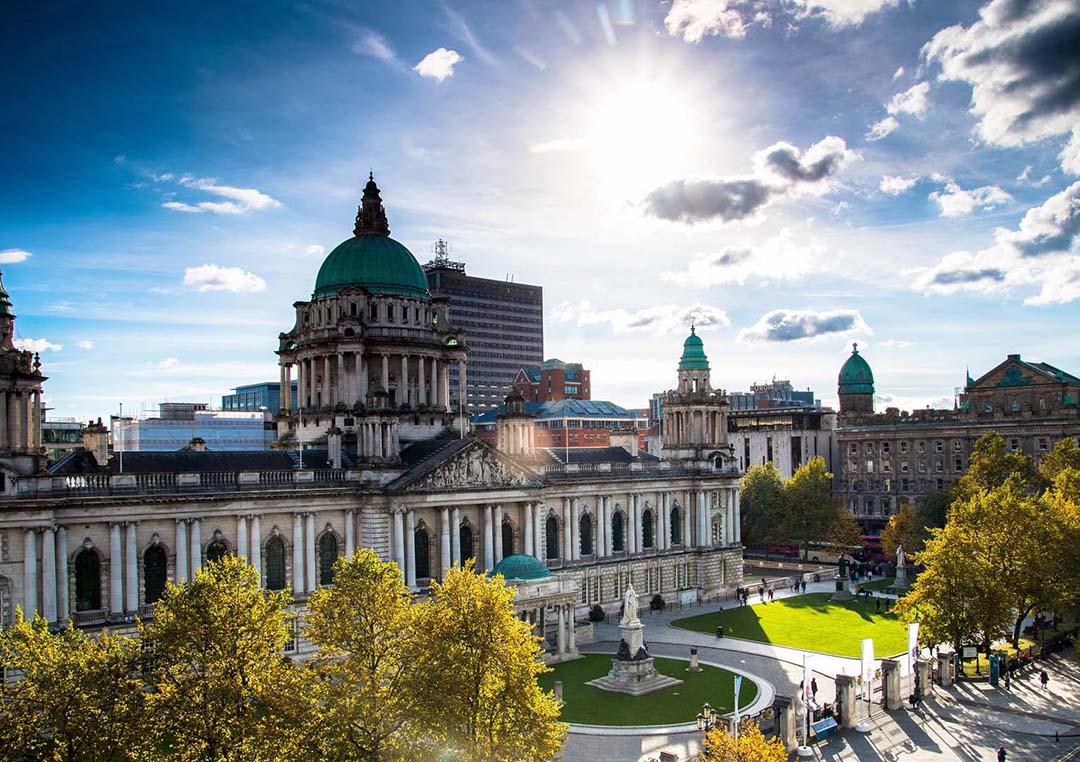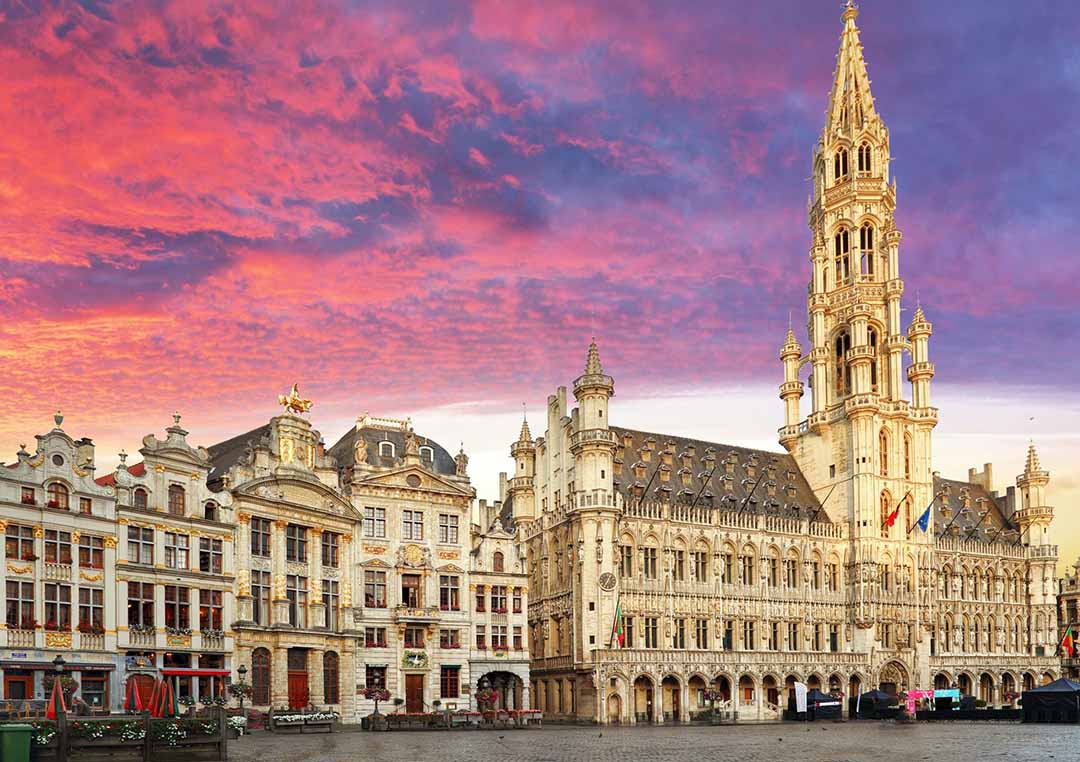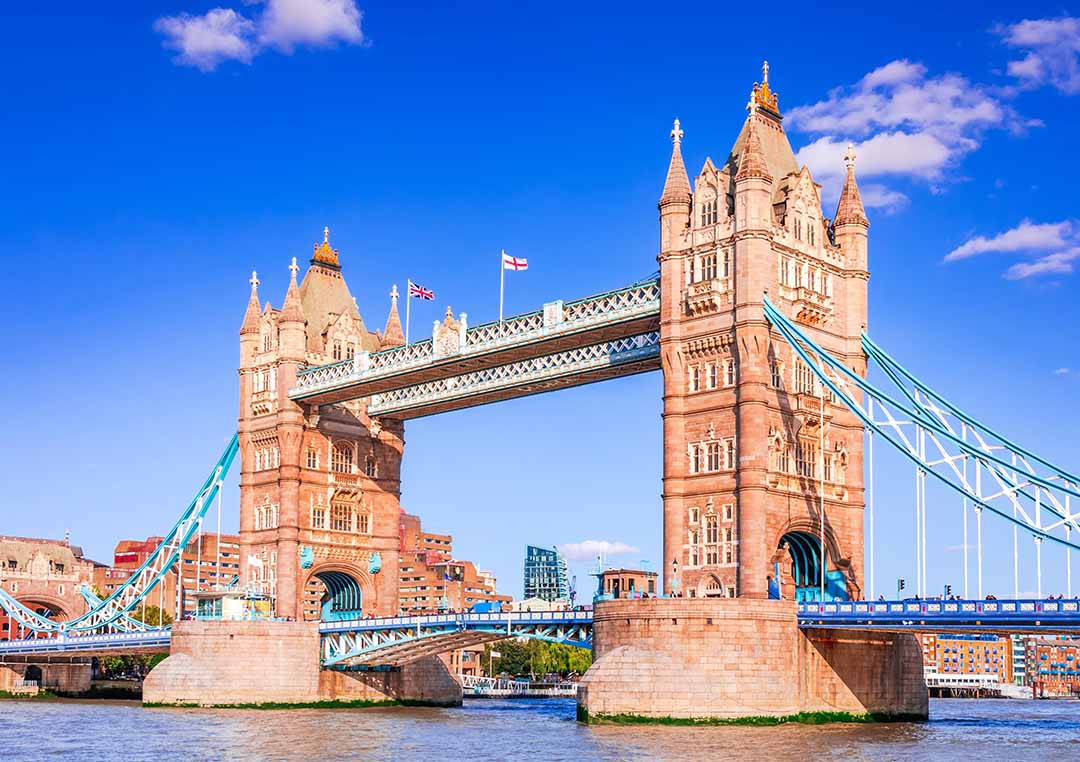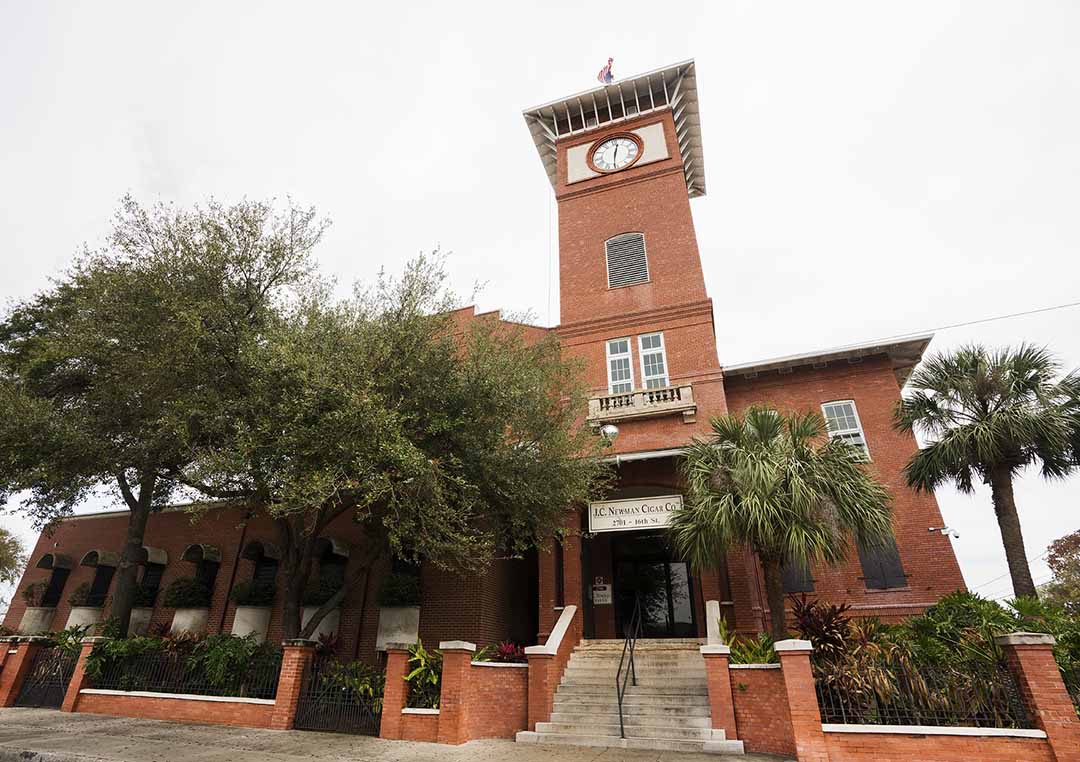Belfast, the dynamic capital of Northern Ireland, is a city brimming with a profound historical narrative and a vibrant cultural ethos. I’ve had the privilege of immersing myself in Belfast’s rich tapestry of landmarks and cultural gems.
Titanic Belfast:
Titanic Belfast stands as a poignant homage to the tragic tale of the RMS Titanic, a vessel born from the shipyards of Belfast. Its architectural wonder mirrors the iconic silhouette of the ship’s prow, serving as a solemn memorial to its fateful journey. Within its walls, immersive exhibitions, artifacts, and narratives converge to chronicle the Titanic’s narrative from inception to catastrophe. The building itself is a marvel of modern design, seamlessly blending contemporary aesthetics with historical reverence.
Venturing into Titanic Belfast is akin to embarking on a chronological odyssey through the annals of the Titanic’s legacy. Each exhibit meticulously intertwines the opulence of the Titanic’s bygone era with the stark realities of its tragic demise. From the lavish interiors of its first-class cabins to the gritty authenticity of its engine rooms, visitors are transported back in time to relive the grandeur and tragedy of the “unsinkable” ship. The experience evokes a profound sense of introspection, prompting contemplation on the human cost of hubris and the fragility of technological triumph.
Titanic Belfast sets the standard for museum facilities, boasting expansive galleries adorned with meticulously curated displays. Informative guides are on hand to provide insights and answer questions, enhancing the visitor’s understanding of the Titanic’s storied history. Additionally, the museum prioritizes accessibility, with features such as ramps, elevators, and braille signage ensuring an inclusive experience for all guests.
Nestled within the historic Titanic Quarter at 1 Olympic Way, Queens Road, Belfast, BT3 9EP, Titanic Belfast occupies a hallowed space overlooking the very slipways where the Titanic was birthed. The surrounding area pulsates with echoes of the city’s industrial heyday, offering a poignant backdrop for the museum’s narrative.
Accessing Titanic Belfast is a seamless endeavor, thanks to the city’s well-developed transportation infrastructure. Whether arriving by bus, train, car, or opting for a leisurely stroll from the bustling city center, visitors will find clear signage and convenient transportation links guiding the way to this iconic landmark.
To ensure a seamless and hassle-free experience, securing tickets for Titanic Belfast in advance is highly recommended. Tickets can be purchased through the museum’s official website or onsite, with special considerations given to peak seasons when demand is high. Advanced booking guarantees preferred time slots, allowing visitors to plan their itinerary accordingly.
My visit to Titanic Belfast left an indelible impression, transcending mere sightseeing to become a profound journey of remembrance and reflection. Standing in the shadow of the museum’s towering facade, I couldn’t help but feel a sense of reverence for the lives lost and the stories untold.
Crumlin Road Gaol:
Crumlin Road Gaol stands as a solemn testament to Belfast’s tumultuous past, transitioning from a formidable prison to a poignant museum. Its imposing facade, dating back to the Victorian era, is steeped in history, bearing witness to the trials and tribulations of Belfast’s inhabitants. Once a bastion of confinement, Crumlin Road Gaol now serves as a beacon of remembrance, preserving the stories of those who languished within its walls during the Troubles.
Stepping into the corridors and cells of Crumlin Road Gaol is akin to stepping back in time, immersing oneself in the echoes of Belfast’s troubled history. Guided tours offer a window into the lives of its former inmates, vividly recounting tales of hardship, resilience, and redemption. From the stark confines of the cells to the haunting solitude of the exercise yards, every corner of the gaol whispers secrets of a bygone era, inviting visitors to contemplate the human cost of conflict.
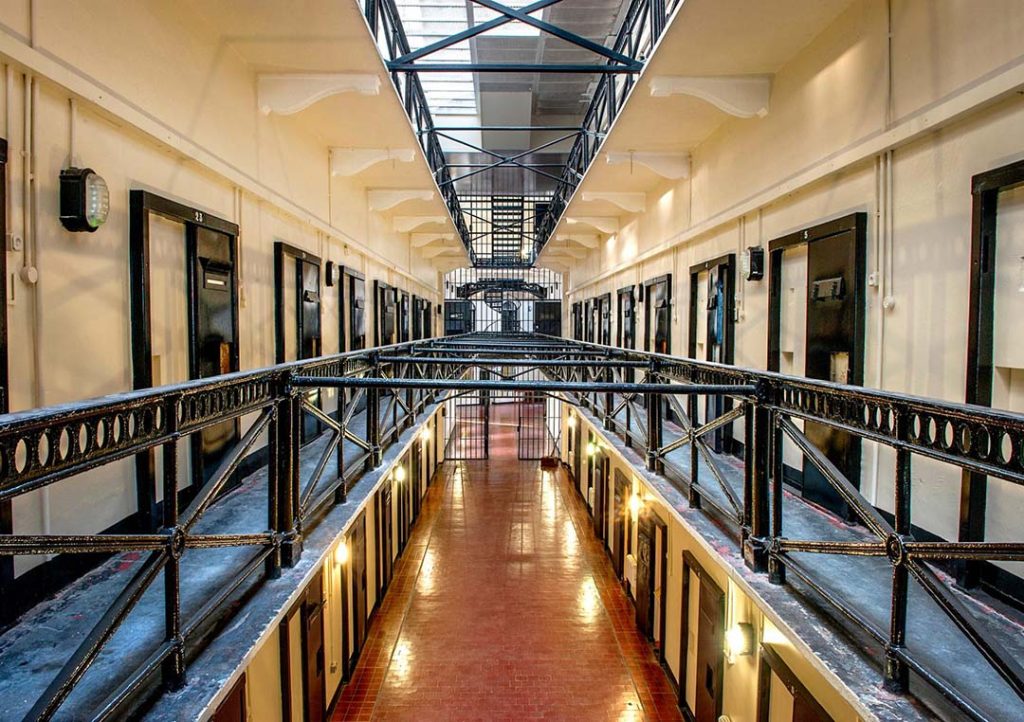
Despite its somber past, Crumlin Road Gaol offers visitors a wealth of amenities designed to enhance their experience. Informative exhibits shed light on the gaol’s storied past, while multilingual audio guides provide additional context for international visitors. The thoughtfully curated gift shop offers a variety of souvenirs and memorabilia, allowing guests to take a piece of history home with them.
Situated at 53-55 Crumlin Rd, Belfast BT14 6ST, United Kingdom, Crumlin Road Gaol occupies a central location within walking distance from the bustling city center. Its proximity to other historical landmarks and tourist attractions makes it an ideal starting point for exploring Belfast’s rich cultural tapestry.
Accessing Crumlin Road Gaol is a straightforward endeavor, with various transportation options available to visitors. Whether arriving by bus, taxi, or opting for a leisurely stroll, clear signage and directions guide guests to the gaol’s entrance, ensuring a seamless journey.
While walk-in tours are available, booking in advance is advisable, particularly for larger groups or during peak tourist seasons. Reserving tickets ensures availability and preferred time slots, allowing visitors to plan their itinerary with ease and convenience.
My visit to Crumlin Road Gaol left an indelible mark on my soul, serving as a poignant reminder of Belfast’s resilience amidst adversity. Standing within its somber confines, I couldn’t help but ponder the complexities of the city’s past and the enduring spirit of its people. Each step echoed with the silent voices of those who once walked these halls, their stories a testament to the indomitable human spirit in the face of oppression and injustice. Crumlin Road Gaol is more than a museum; it’s a living monument to the triumph of the human spirit over adversity, a poignant reminder of the power of remembrance in shaping our collective future.
Belfast City Hall:
Belfast City Hall stands proudly as an architectural masterpiece, symbolizing the city’s civic pride and rich heritage. Its grandeur and elegance are a testament to the vision and craftsmanship of its creators. Completed in 1906, this imposing edifice showcases exquisite Renaissance Revival-style architecture, characterized by its grand domes, intricate carvings, and majestic clock tower. Serving as the seat of Belfast City Council, Belfast City Hall exudes a sense of grandeur and significance that resonates with visitors from around the world.
A visit to Belfast City Hall is a journey through time, offering a captivating glimpse into the city’s governance and storied past. Guided tours provide access to the building’s majestic interiors, where visitors can marvel at the ornate council chambers adorned with intricate woodwork and stained glass masterpieces. The grand marble staircase, a focal point of the hall, exudes timeless elegance and serves as a fitting introduction to the building’s architectural splendor. Each room and corridor is steeped in history, with informative exhibits providing insights into Belfast’s rich cultural heritage.
Belfast City Hall boasts impeccable facilities designed to cater to the needs of its visitors. Guided tours are available to provide a deeper understanding of the building’s history and significance, while informative exhibits offer a wealth of knowledge about Belfast’s past and present. The charming gift shop offers a range of souvenirs and memorabilia, allowing guests to take home a piece of Belfast’s heritage.
Positioned at Donegall Square, Belfast BT1 5GS, United Kingdom, Belfast City Hall enjoys a central location within walking distance from major attractions and transportation hubs. Its prominent position in the heart of the city makes it easily accessible to visitors, whether arriving by bus, train, or opting for a leisurely stroll through the bustling city center.
Accessing Belfast City Hall is a convenient endeavor, thanks to the city’s well-connected transportation network. Whether traveling by bus, train, or on foot, visitors will find clear signage and directions guiding them to the building’s entrance. Navigating the city center is a breeze, with Belfast City Hall serving as a prominent landmark to orient oneself.
While advanced booking is not required for guided tours of Belfast City Hall, larger groups may need to arrange tours in advance to ensure availability. Walk-in visitors are welcome to join scheduled tours, although it’s advisable to check for any updates or changes to tour times beforehand.
Stepping into Belfast City Hall felt like traversing the corridors of history, with each architectural detail whispering tales of the city’s illustrious past. The grandeur of its interiors and the timeless beauty of its design are a testament to Belfast’s enduring spirit and architectural heritage. As I wandered through its halls, I couldn’t help but feel a sense of awe and reverence for the city and its rich cultural legacy. Belfast City Hall is more than just a building; it’s a living monument to the resilience and ingenuity of the people of Belfast, a symbol of their enduring spirit in the face of adversity.
Ulster Museum:
As Northern Ireland’s premier museum, the Ulster Museum stands as a beacon of cultural and historical preservation, housing a diverse collection that spans art, history, and natural science. From ancient artifacts to contemporary artworks, the museum offers a comprehensive journey through the rich tapestry of Northern Ireland’s cultural and natural heritage. Its expansive galleries and immersive exhibits provide a captivating glimpse into the region’s past, present, and future.
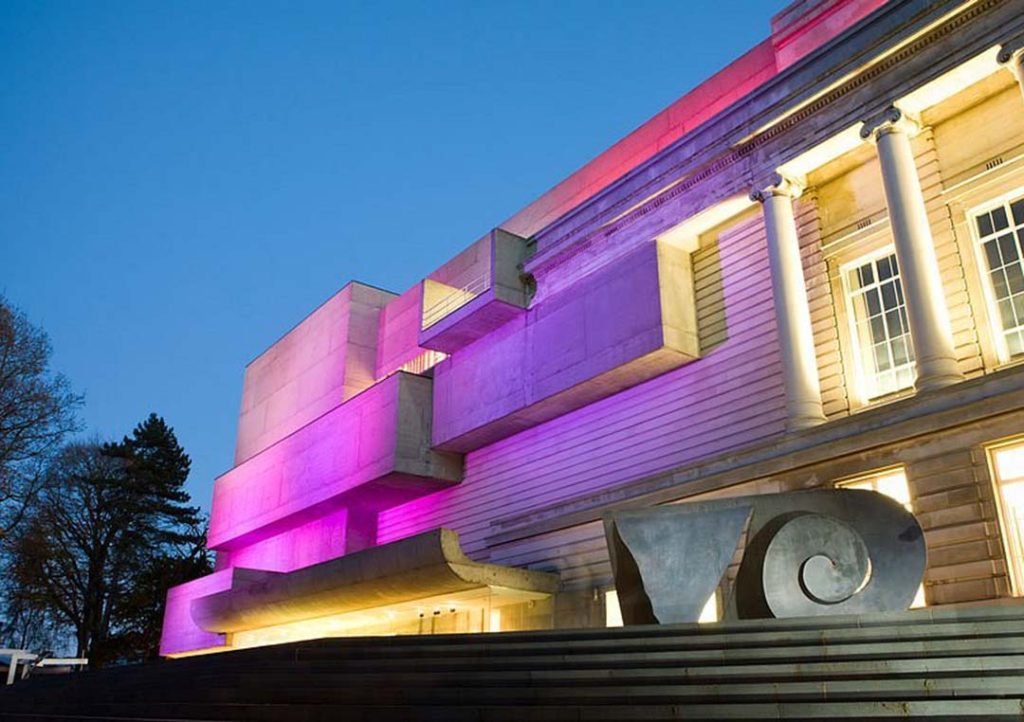
Exploring the Ulster Museum is an enriching and multifaceted experience, with each exhibit offering a unique perspective on Northern Ireland’s history and culture. Highlights include the Armada Room, which showcases artifacts from the Spanish Armada shipwrecks off the coast of Ireland, providing insight into one of the most significant events in maritime history. The enigmatic Egyptian mummy Takabuti captivates visitors with its ancient mysteries, while the Troubles Gallery offers a sobering reflection on the political and social unrest that plagued Northern Ireland in the late 20th century.
The Ulster Museum boasts excellent facilities designed to enhance the visitor experience. Interactive exhibits engage visitors of all ages, while multilingual audio guides provide additional context and interpretation. The cozy cafe offers a welcome respite for weary travelers, serving up delicious refreshments amidst the museum’s hallowed halls. Meanwhile, the well-stocked gift shop offers a variety of souvenirs and mementos, allowing guests to take home a piece of Northern Ireland’s cultural heritage.
Nestled within the picturesque Botanic Gardens at Stranmillis Rd, Belfast BT9 5AB, United Kingdom, the Ulster Museum enjoys a prime location that is easily accessible from the city center. Surrounded by lush greenery and tranquil gardens, the museum offers a serene setting for visitors to explore and discover the wonders of Northern Ireland’s past and present.
Accessing the Ulster Museum is a breeze, with multiple transportation options available to visitors. Whether traveling by bus, train, or opting for a leisurely stroll through the scenic Botanic Gardens, guests will find clear signage and directions guiding them to the museum’s entrance. Navigating the museum’s galleries is equally straightforward, with informative signage and helpful staff on hand to assist visitors.
Entry to the Ulster Museum is free, with donations appreciated to support the museum’s ongoing conservation efforts. Special exhibitions may require tickets, which can be purchased online or at the museum’s ticket desk. Advanced booking is recommended for larger groups or during peak tourist seasons to ensure availability and avoid disappointment.
Exploring the Ulster Museum was a delightfully immersive and enlightening experience that left an indelible impression on my mind and soul. From the ancient relics of distant civilizations to the vibrant artworks of contemporary Northern Irish artists, the museum’s exhibits offered a fascinating glimpse into the region’s diverse cultural tapestry. As I wandered through its galleries, I couldn’t help but feel a sense of wonder and appreciation for the rich history and heritage of Northern Ireland. The Ulster Museum is more than just a museum; it’s a testament to the enduring spirit and resilience of the people who call this land home, a celebration of their past, present, and future.
St. George’s Market:
St. George’s Market stands as a bustling epicenter of Belfast’s cultural vibrancy, steeped in history and brimming with the flavors, crafts, and rhythms of the city. Dating back to the late 19th century, this iconic market has been a beloved fixture in Belfast’s landscape, attracting locals and visitors alike with its eclectic offerings and lively ambiance.
A visit to St. George’s Market is a sensory extravaganza, where the sights, sounds, and aromas of Belfast’s diverse culinary and artisanal scene converge. Rows of stalls adorned with colorful displays beckon patrons to explore a treasure trove of fresh produce, artisanal crafts, and delectable street food. The air is alive with the sounds of sizzling grills and live music performances, infusing the atmosphere with an infectious energy that’s impossible to resist. From sampling gourmet cheeses to indulging in freshly baked pastries, every bite and purchase is a testament to the market’s rich tapestry of flavors and talents.
St. George’s Market prides itself on offering excellent facilities designed to cater to the needs of its patrons. Indoor seating areas provide a comfortable respite for weary shoppers, while restroom facilities ensure convenience for all visitors. Wheelchair access is available throughout the market, ensuring inclusivity and accessibility for all patrons, regardless of mobility.
Situated at 12-20 East Bridge St, Belfast BT1 3NQ, United Kingdom, St. George’s Market occupies a prime location in the heart of the city center. Its central position makes it easily accessible from nearby attractions, transportation hubs, and accommodations, making it a must-visit destination for both locals and tourists alike.
Accessing St. George’s Market is a breeze, with various transportation options available to visitors. Whether arriving by bus, train, or opting for a leisurely stroll from nearby attractions, guests will find convenient routes and clear signage guiding them to the market’s entrance.
Entry to St. George’s Market is free for all patrons, with vendors selling their wares directly to customers. While some stalls may accept card payments, it’s advisable to bring cash to ensure seamless transactions. Advanced booking is not required, allowing visitors to immerse themselves in the market’s bustling atmosphere at their leisure.
Exploring St. George’s Market was an unforgettable culinary and cultural odyssey that left a lasting impression on my senses and soul. From the moment I stepped foot into the vibrant marketplace, I was enveloped in a whirlwind of sights, sounds, and smells that tantalized my senses and ignited my curiosity. Sampling local delicacies, interacting with passionate artisans, and soaking in the lively ambiance was a truly immersive experience that offered a captivating glimpse into Belfast’s vibrant food scene and creative community. Every moment spent in St. George’s Market was infused with warmth, authenticity, and a sense of camaraderie, making it a highlight of my visit to Belfast.
Belfast’s historical landmarks and cultural icons stand as testaments to the city’s rich tapestry of heritage and resilience. Whether tracing the tragic tale of the Titanic, delving into the depths of Crumlin Road Gaol, or marveling at the architectural splendor of Belfast City Hall, each experience offers profound insights and reflections. Additionally, sites like the Ulster Museum and St. George’s Market provide immersive journeys through Northern Ireland’s cultural and culinary landscape, enriching the visitor’s understanding and appreciation of Belfast’s multifaceted identity.

